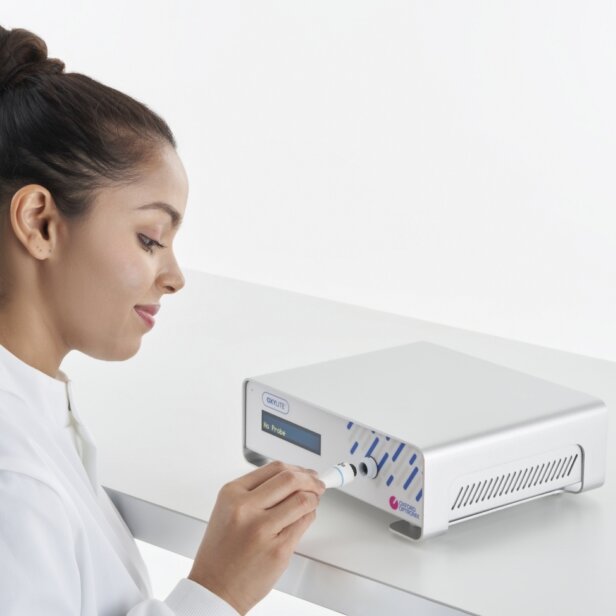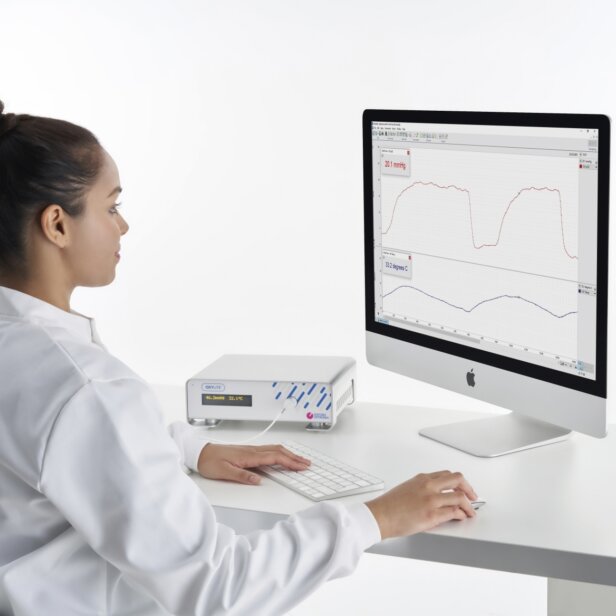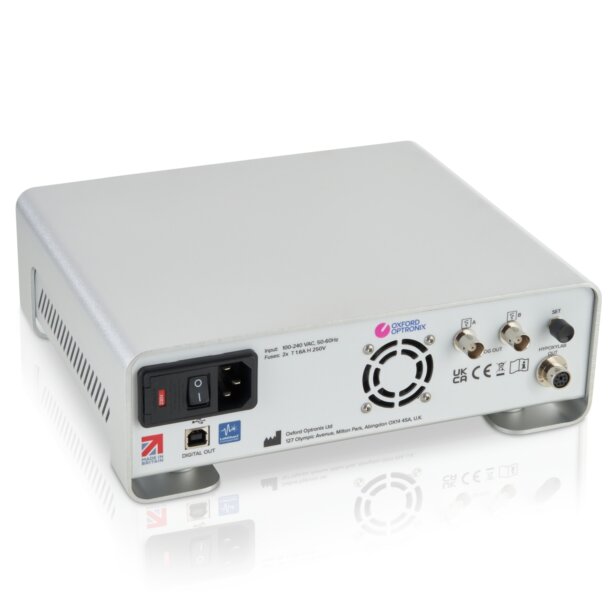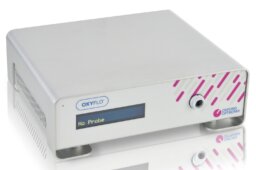OxyLite™ Single channel oxygen monitor
The single-channel OxyLite™ accepts a single oxygen or combined oxygen/temperature sensor and represents the entry-point into our optical/fluorescence-based oxygen monitor technology.
- The gold standard in tissue pO2 and in vitro dissolved oxygen monitors
- Intended for hypoxia and ischaemia research
- Outstanding accuracy, stability, and performance
- Absolute units of partial pressure in mmHg or kPa
- Unrivalled ease of use, no sensor calibration required
- Built-in choice of analogue and digital data outputs




